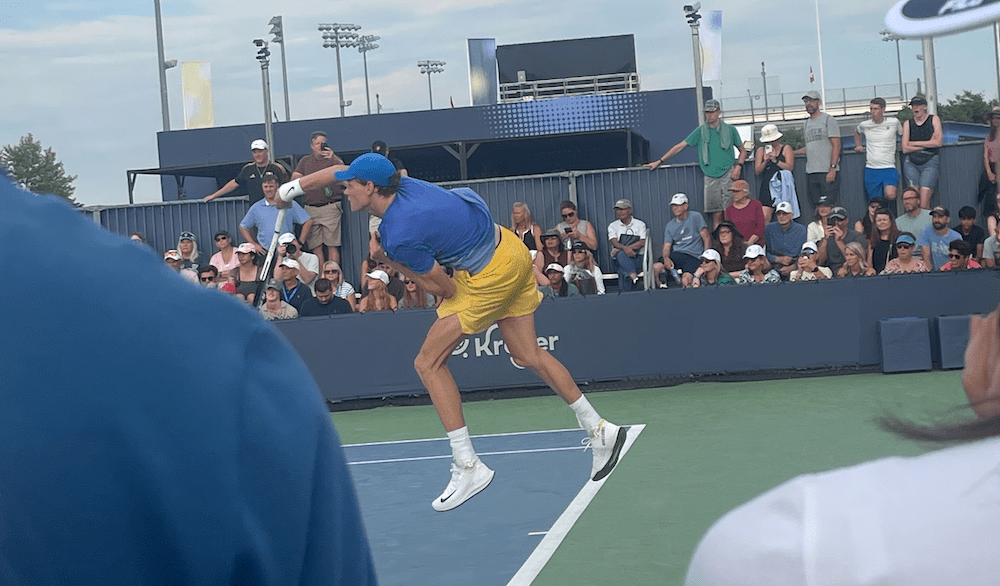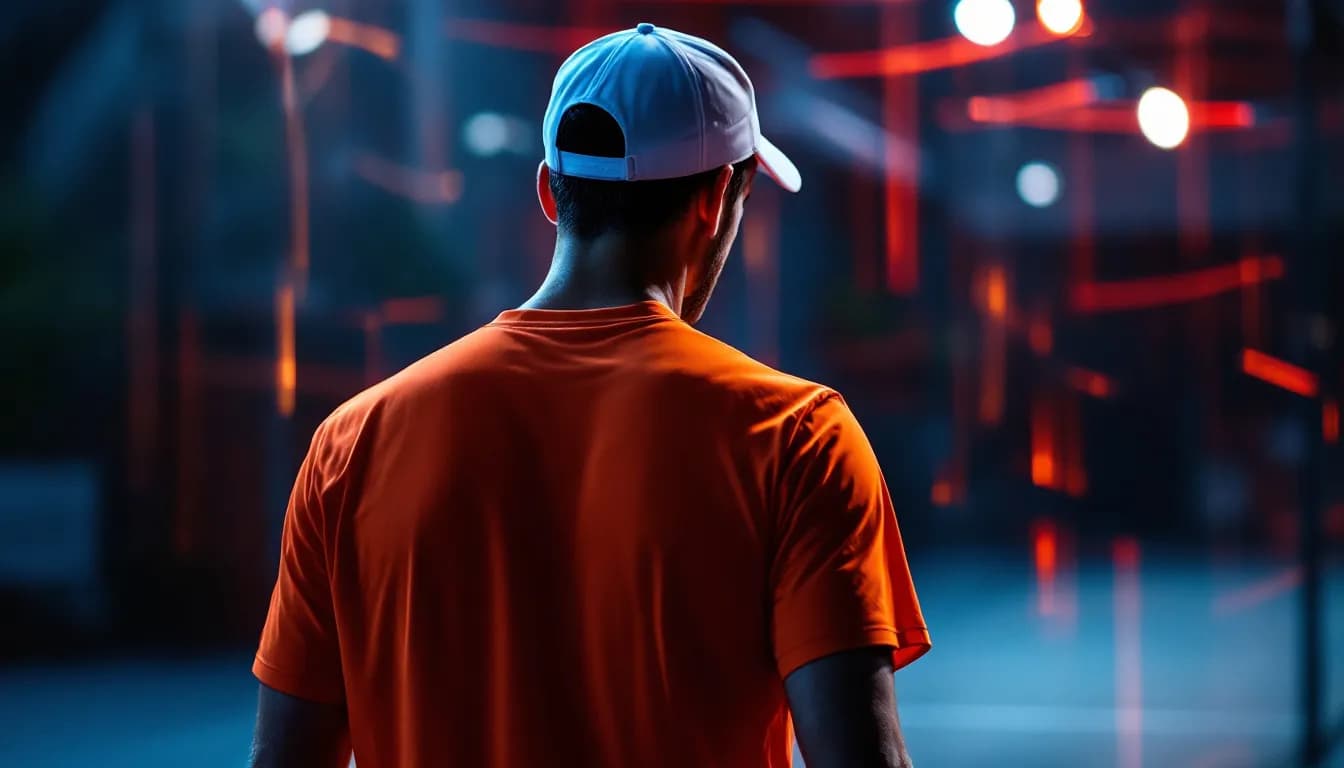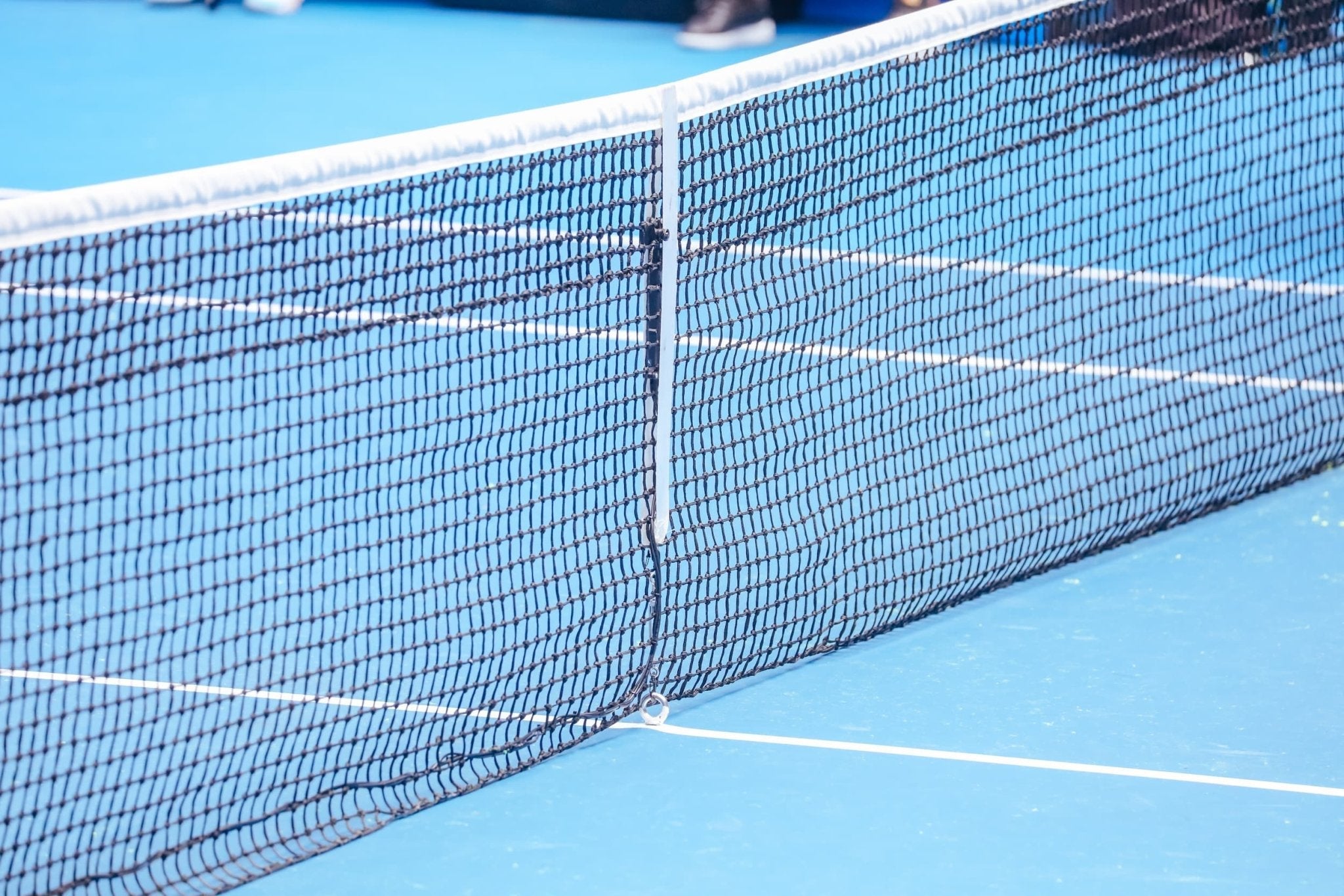March 24, 2025 – With just around 20 days until Jannik Sinner can resume training on April 13, and 42 days until his competitive return on May 4, the tennis world is buzzing with anticipation. The 23-year-old Italian, currently atop the ATP rankings, has been sidelined since February 4 due to a three-month ban following a settlement with the World Anti-Doping Agency (WADA) over unintentional exposure to the banned substance clostebol. As his comeback nears, the question on everyone’s mind is: How will Sinner perform when he steps back onto the court?
Jannik Sinner's Ban and Its Aftermath
Sinner’s 2025 began with triumph, clinching the Australian Open in January and solidifying his status as the sport’s top player. However, his season hit a roadblock when WADA imposed a three-month suspension after trace amounts of clostebol were detected in his system. Unlike a full doping violation, Sinner avoided a harsher penalty, retaining his prize money and points from prior events. Still, the ban forced him to miss key tournaments like Miami, Monte Carlo, and Madrid, costing him 1,600 ranking points and opening the door for rivals like Alexander Zverev and Carlos Alcaraz to close the gap.
Despite the setback, Sinner has kept a low profile, with his team emphasizing his commitment to returning stronger. The departure of his physiotherapist and trainer linked to the incident was a blow, but his remaining support staff—led by coaches Darren Cahill and Simone Vagnozzi—has a proven track record of guiding him to Grand Slam glory.
What to Expect on Jannik's Return to the courts
Sinner’s first chance to compete will likely come at the Italian Open in Rome, starting May 7, just three days after his ban lifts. With three weeks of training permitted from mid-April, he’ll have a narrow window to regain match fitness. The French Open, beginning May 25, looms as the bigger test—a chance to defend his 2024 semifinal points and reassert his dominance.
Historically, players returning from breaks of this length—around 90 days—show varied outcomes. Maria Sharapova, post a 15-month doping ban in 2017, struggled initially but later found her footing. Andre Agassi, after a three-month hiatus in 1997, roared back to win majors. Sinner’s case is unique: at 23, he’s in his physical prime, and his ban, while disruptive, doesn’t erase his recent momentum—two Grand Slams in the last year (US Open 2024, Australian Open 2025).
Physically, Sinner should be fine. He can train privately during the ban, and his endurance-heavy baseline game doesn’t rely on the explosive bursts that might fade with time off. Mentally, he’s a rock—his cool-headed comebacks, like the five-set Australian Open final win over Daniil Medvedev, speak to his resilience. The doping saga’s resolution may even lighten his load, though lingering criticism from peers like Nick Kyrgios could stoke added pressure—or motivation.
The Ranking Battle
As of today, Sinner holds 11,830 points, but he’ll drop to around 9,730 by May after losing points from spring events. Zverev (7,315 points) and Alcaraz (6,920 points) could capitalize if they shine on clay, potentially threatening Sinner’s No. 1 spot. Yet, Sinner’s consistency—semifinals or better at three of four Slams in 2024—suggests he won’t stay down long. A strong Rome or Roland Garros run could stabilize his lead.
The Road Ahead
Sinner’s 2025 redemption arc begins in 20 days. If he harnesses the hunger from this forced break, the tennis world could see the World No. 1 pick up where he left off: hoisting trophies. Wimbledon and the hard-court swing, where he’s historically excelled, may mark his true resurgence. For now, all eyes are on May 7 in Rome—will the Sinner sensation return with a bang, or take time to find his groove?








Share:
PTPA Escalates Legal Battle Against ATP, Files Motion to Stop Alleged Illegal Player Coercion
Gustavo Kuerten: A Tennis Legend’s Legacy and the Rise of João Fonseca